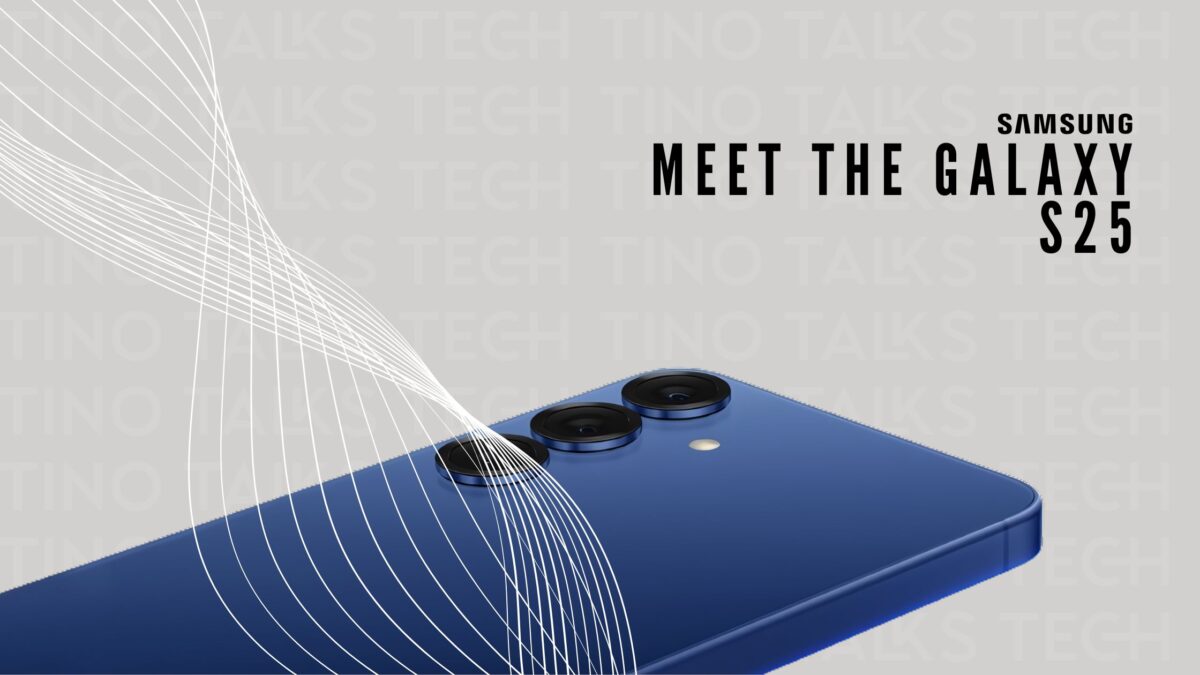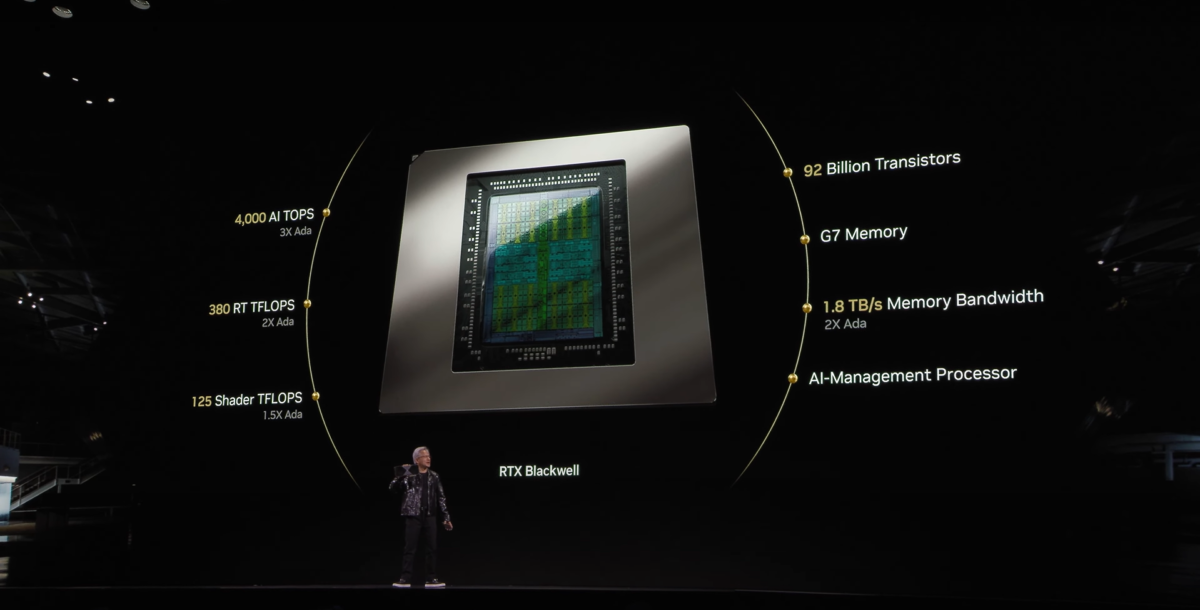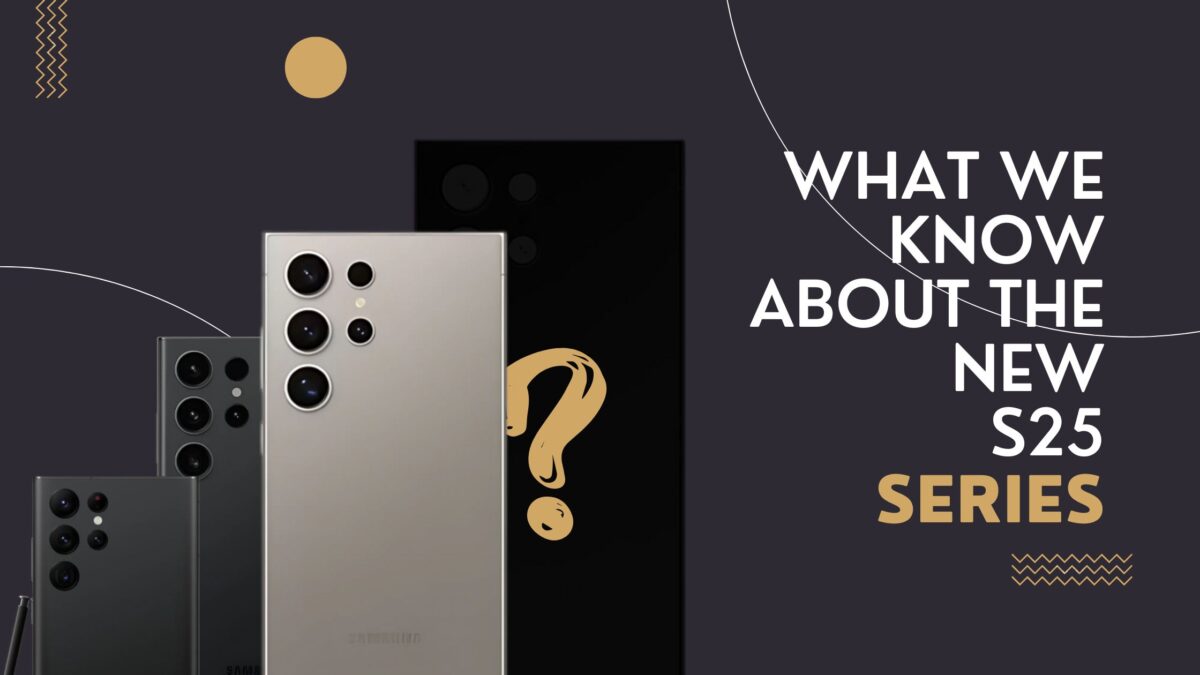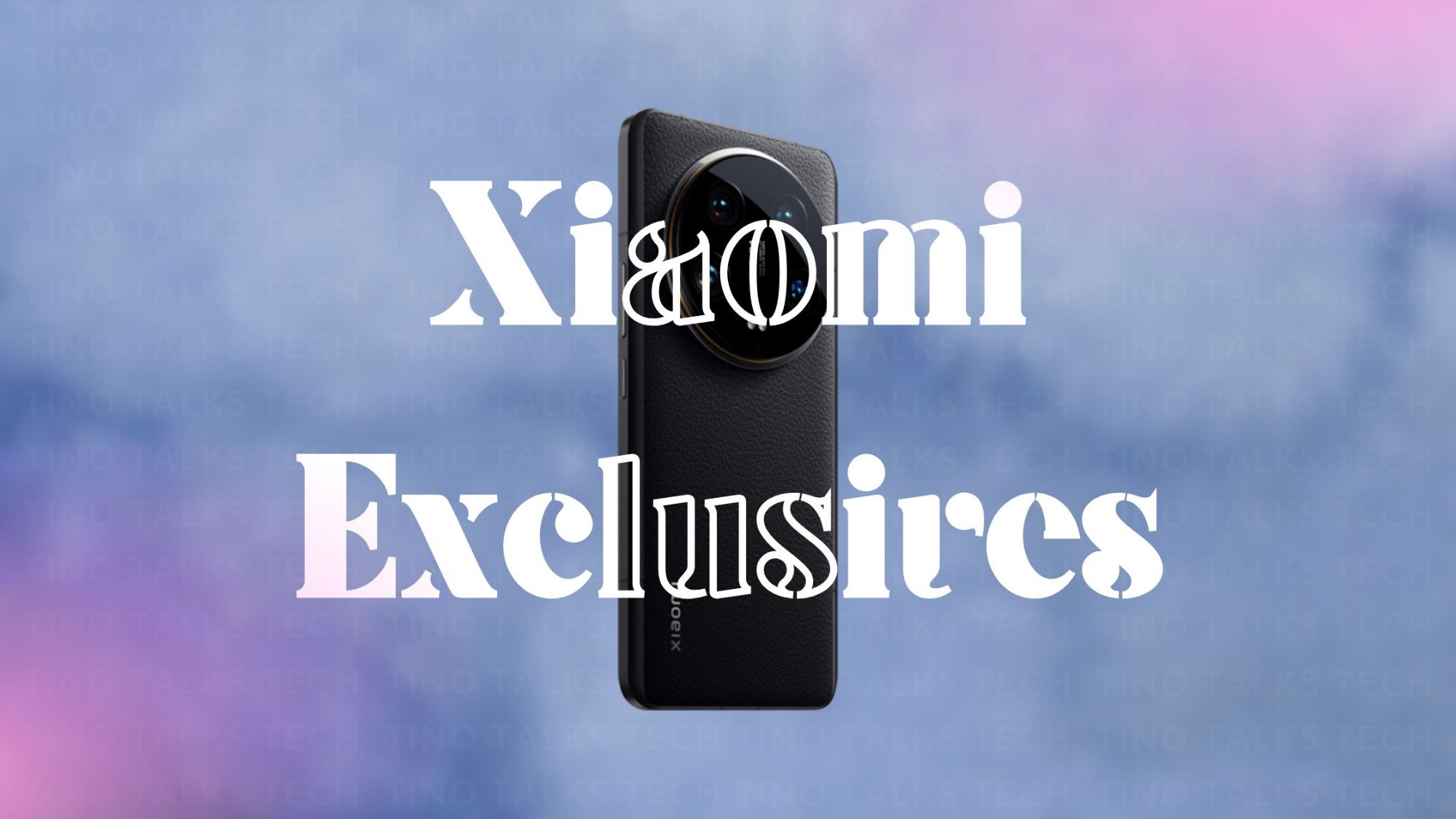A few days ago, Samsung released their newest flagship line-up for 2025, the Galaxy S25 series, mainly building upon the foundation laid by the S24 series as leaders when it comes to AI on smartphones. In this article, I’ll walk you through the main differences between the base model Galaxy S25 and its predecessor, the S24, let’s look at the two.
Design and Display
First and foremost, the S25 maintains a design language similar to the S24, with a 6.2-inch AMOLED display and 120Hz refresh rate. While it literally looks the same as it’s predecessor, Samsung has actually made subtle refinements: the S25 is slightly lighter and thinner (it’s the same thing every year ), but we might say that this enhances its ergonomics. The bezels have been slimmed down as well, and that’s just about it. Additionally, the S25 introduces what they called the “ProScaler” feature, which uses AI to upscale lower-resolution content, making images and videos appear sharper.
Performance
The S25 is powered by the new Snapdragon 8 Elite processor (8 Gen 4 that was rebranded), and it has a 37% faster CPU, a 30% faster GPU, and 40% improvement in AI performance compared to the S24’s Snapdragon 8 Gen 3, but what do we know, they’re just numbers. This upgrade means smoother multitasking, enhanced gaming experience, and more efficient power consumption.
Camera
The camera is the same, nothing really changed, so it has a 50MP main sensor, a 12MP ultra-wide lens, and a 10MP telephoto lens. Now, while the hardware is unchanged, Samsung has introduced the “ProVisual Engine” which enhances image processing for better dynamic range, reduced noise, and sharper details, especially under low-light conditions. They also added 10-bit HDR video recording which offers richer colours and more detailed footage.
Battery and Charging
Again, nothing changed, both models have a 4,000mAh battery. But thanks to the efficiency of the Snapdragon 8 Elite processor, we can expect an improvement in battery life on the S25. Charging capabilities remain the same, with 25W wired charging and 15W wireless charging.
Software and AI Features
Now, one of the standout features of the S25 is its enhanced AI integration which will probably come to the S24 at some point. Building upon the foundation laid by the S24, the S25 introduces new features like AI Select, which offers smarter interactions with content that’s on your screen, and Cross-App Actions, which allows users to complete multi step tasks across apps with a single command to the assistant. The last key ones are the Now Brief and Now Bar tools which provide daily summaries and live updates directly on the lock screen.
Pricing and Availability
The Galaxy S25 is priced starting at $799.99, maintaining the same entry point as the S24. Pre-orders are currently open, with the official release date being February 7th.
Comparison Table: Galaxy S25 vs. Galaxy S24
| Feature | Galaxy S25 | Galaxy S24 |
|---|---|---|
| Processor | Snapdragon 8 Elite | Snapdragon 8 Gen 3 |
| Display | 6.2″ AMOLED, 120Hz | 6.2″ AMOLED, 120Hz |
| Camera | 50MP + 12MP + 10MP | 50MP + 12MP + 10MP |
| AI Features | ProScaler, AI Select, Now Bar | Basic AI integration |
| Battery | 4,000mAh | 4,000mAh |
| Charging | 25W wired, 15W wireless | 25W wired, 15W wireless |
| Starting Price | $799.99 | $799.99 |
Conclusion
So while the Galaxy S25 isn’t a huge jump from the S24, it offers meaningful upgrades in performance and AI capabilities. If you’re using an older device or prioritise the latest features and improvements, the S25 is a good choice. However, S24 owners might find the changes not really enticing and should probably wait for a more substantial upgrade in future models.
Stay tuned for upcoming articles on the new features of the Galaxy S25+ and S25 Ultra models.









